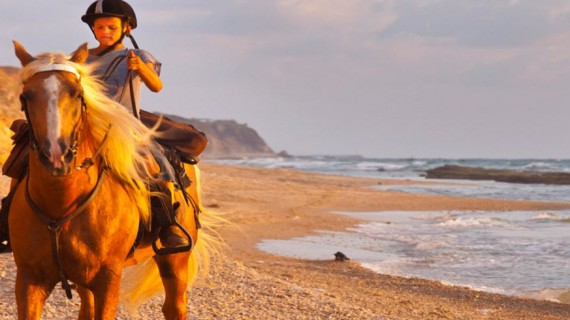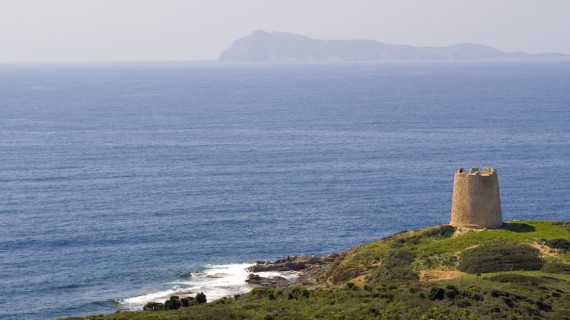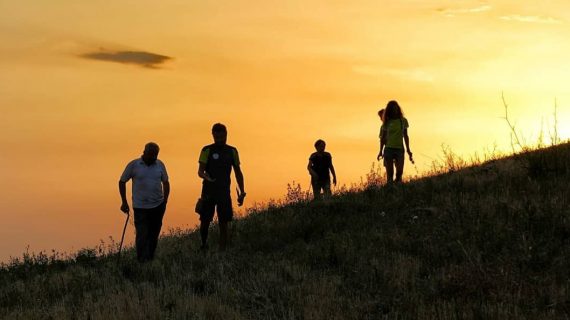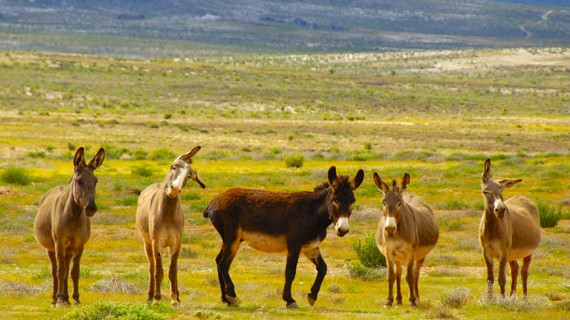Sardinia is one of the two biggest islands of Mediterranean Sea. It is often the vacation choice thanks to its amazing beaches. Anyway, there is an unknown part which is “greener” and more sustainable. This is another story by Tourists for Future.
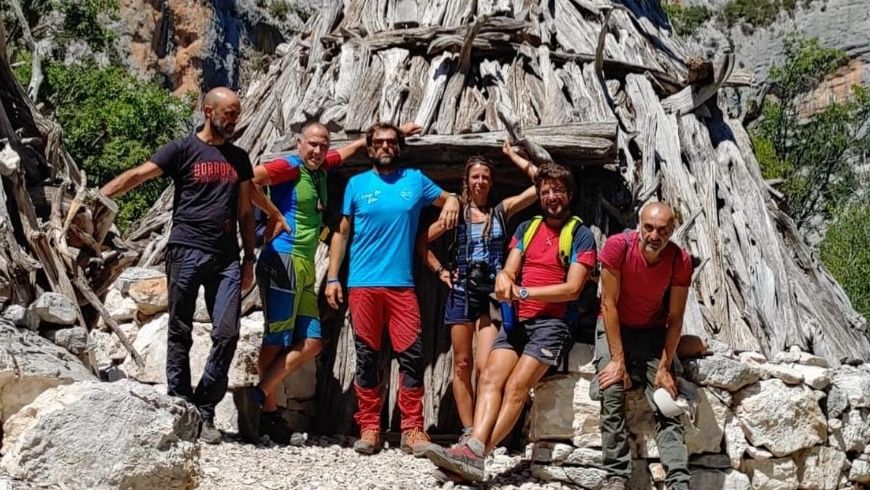
The mining tourism
Sardinia is the region with the biggest number of mines. Consequently, a mining tourism with its mining hike has developed (the path of Blue Mines crossing the Green Coast).
Mining tourism is a big opportunity for the land to be reclaimed. Near most of the mines there are small towns that were abandoned in 1970s, but now they may have the possibility to a new modernisation .
Giants of Mont’e Prama
Big statues have been found in the Mediterranean Sea. These are ancient stone sculptures, of 2 meters, created by the Nuragic civilization of Sardinia among 3000 years ago. A farmer found them near Sinis di Cabras in 1974, in around 5000 pieces.
- The Giants of Monte Prama and Museo Civico di Cabras, foto via fb of Tourists for Future
Furthermore, the museum of Capras collects hundreds of rescued objects. They tell the millennial history of the island, from prehistory to the Middle Ages.
Hinterland and magic: The Holy Pit of Santa Cristina
The Archeologic Park of Santa Cristina is one of the most important areas by Nuragic civilization. A lot of tourists come to visit the ancient Pit of Santa Cristina. In fact, it was a holy place for the worship of moon and water for centuries. Subsequently, some archaeologists explain this place hosted femininity rituals, it is supposed some of them took bath inside of it for purification.
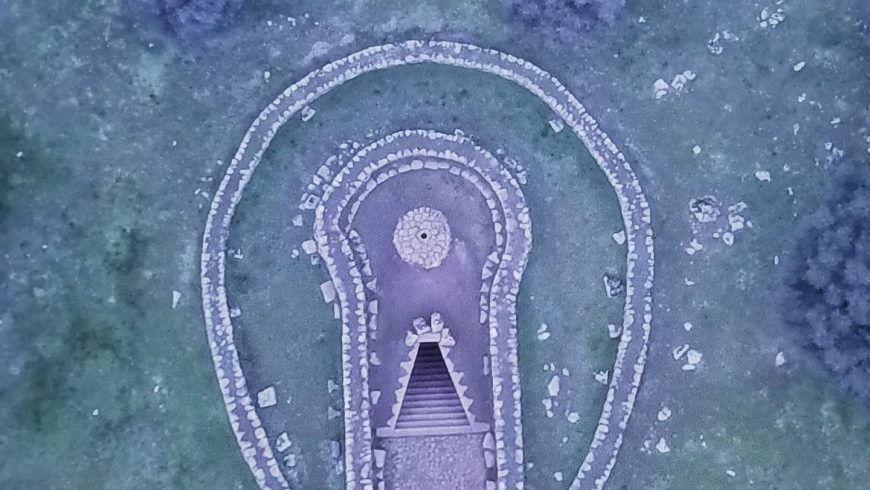
Overall, what surprises also tourists is the ability to forecast eclipses. The pit was created according to specific astronomic rules. It is possible to watch our own shadow upside-down during the equinoxes, due to the sun that fills completely the pit’s stairs. Furthermore, every 18 years and 6 months, the moon reaches the highest point and look perfectly at itself in the water mirror.
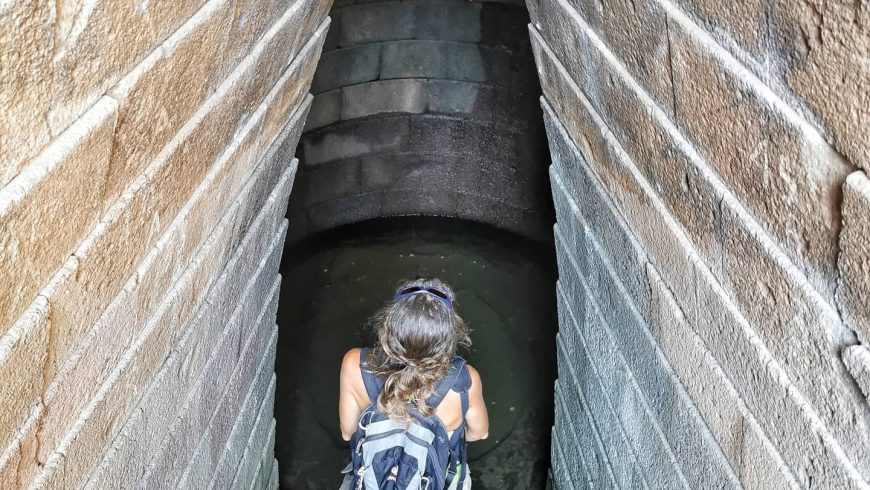
One of the most incredible architectural and spiritual building.
A dream come true: the eco-friendly Bisos
Bisos is a Sardinian word which means “dream” and tells the story of Francesco’s dream. In fact, the facility has undergone a renovation according to the most modern rules of sustainability.
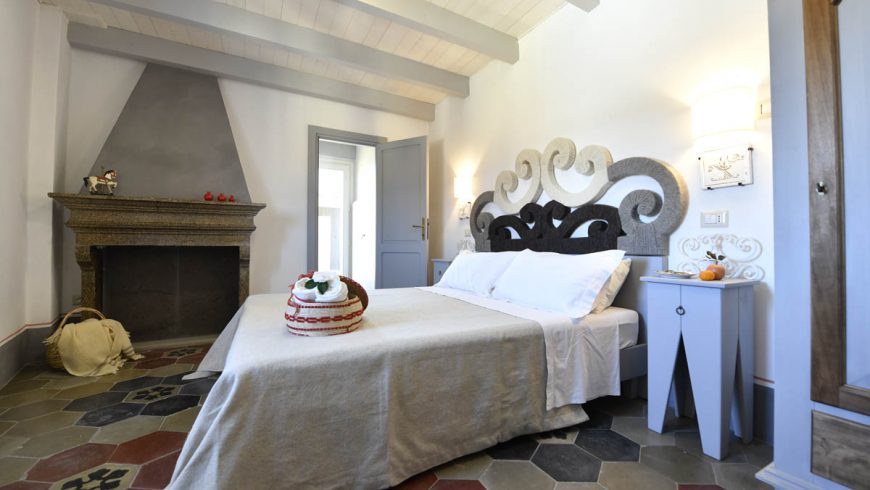
- Bisos renovated according eco-sustainable rulesg to
- Paulatino citizens together with Bisos’s guests
- Bisos’s room
In this place, the travelers discover not only the ideal energetic place, but also the project of social eating. An initiative by the inhabitants of Paulatino, who want to discover the conviviality to eat all together.
Wild nature perfect for trekking
Sardinia is famous for its incredible trekking hikes. Tourists for Future experienced two of them: one across Tacco of Perda Liana, seeking for mouflons (typical protected species of sheep).

Similarly, the second one is the Selvaggio Blu, one of the most challenging hikes of all Italy (6 days of walking).
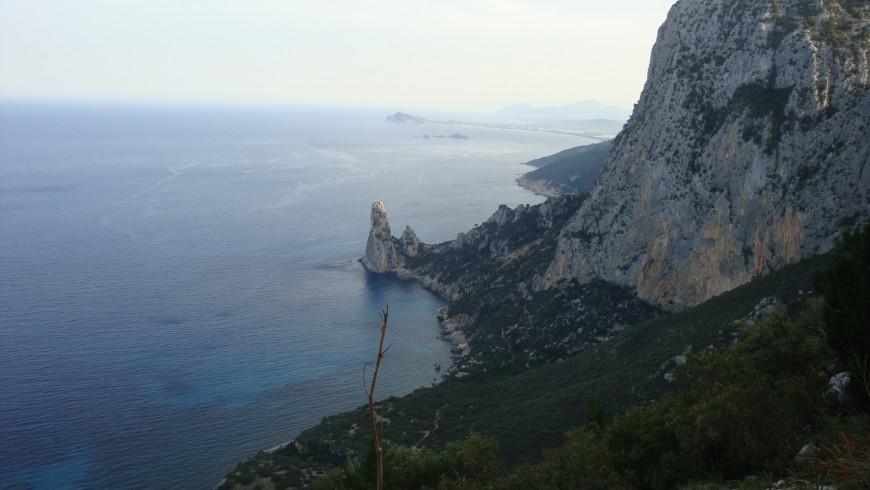
The land is characterized by the vertical cliff, canyons, and forests, but the most surprising aspect are the juniper stairs built by shepherds.
Gorropu Canyon
The rock walls, high 500 meters and 4 meters small, are part of the unknown tourism of the island. This is shepherds’ land, in which they move in full agility with “scale e fustes” (traditional tools made by juniper wood).
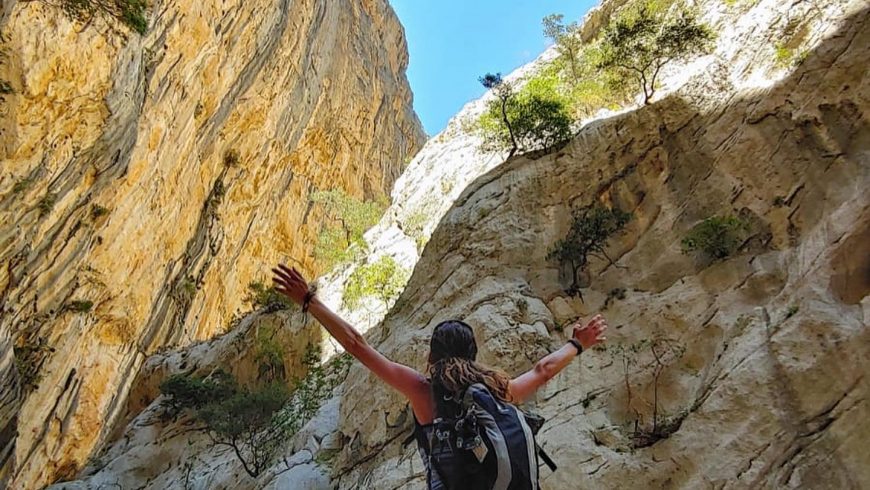
Moreover, all the children there know several tales about that place, due to Drullìos (fearsome legendary troll-like figures).
In conclusion, this is an impressive place, where we can find different animals and plants as the Nuraghic Aquilegia (Aquilegia di Gorropu).

Thanks to Tourists for Future we can now discover some incredible places all around Italy between culture and tradition. Do not miss any of their adventures and start a sustainable travel as well.
To sum up, for more information about Tourists for Future and support them.
Cover photo by Anita Cason, Giorgio Cordin, Matteo Osele e Giulia Fattoretti
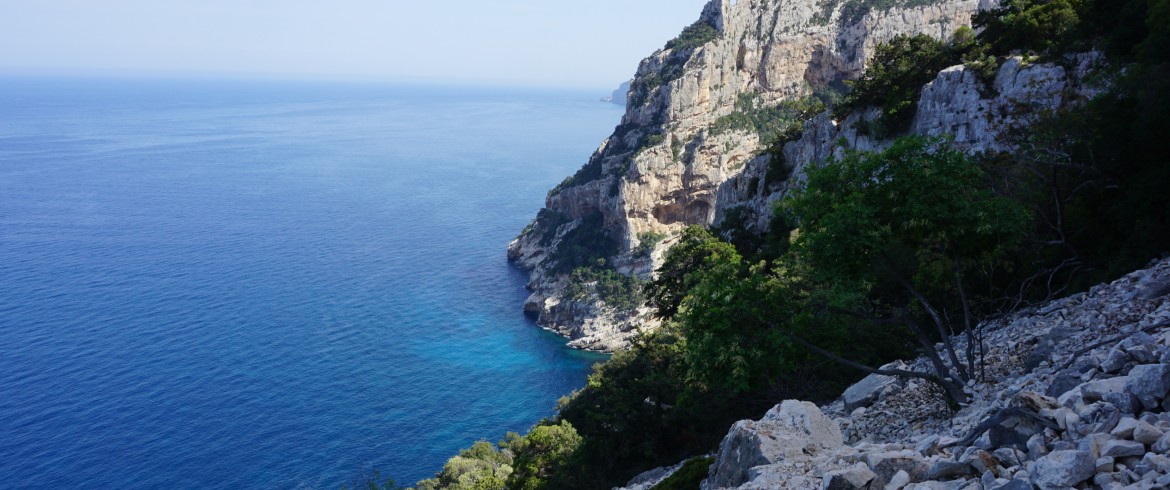
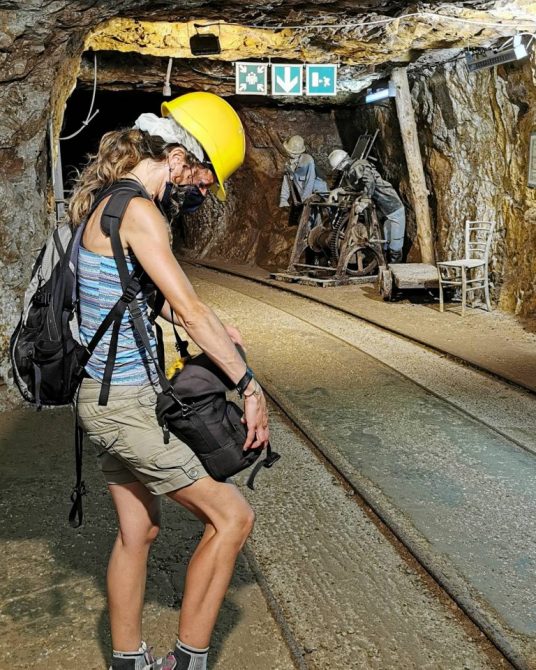
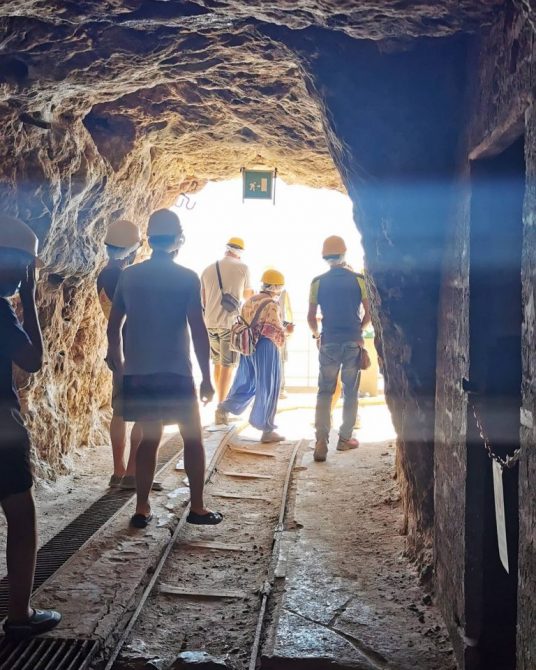
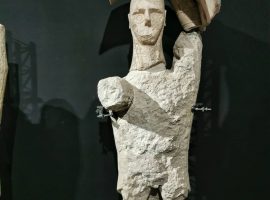
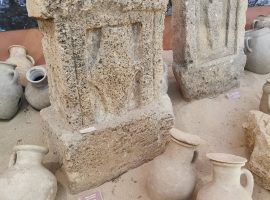
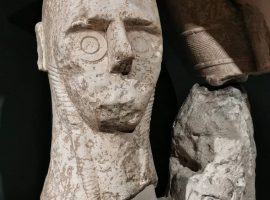
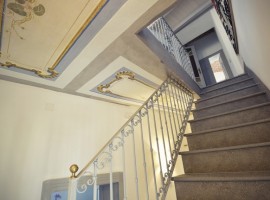
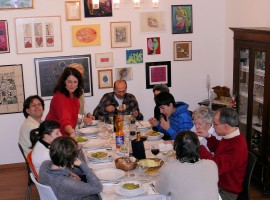

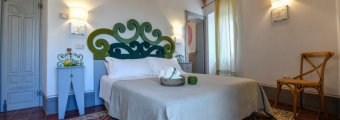 BISOS Ospitalità Diffusa Eco – Green Albergo diffuso in Paulilatino, Oristano, Sardinia, IT
BISOS Ospitalità Diffusa Eco – Green Albergo diffuso in Paulilatino, Oristano, Sardinia, IT 